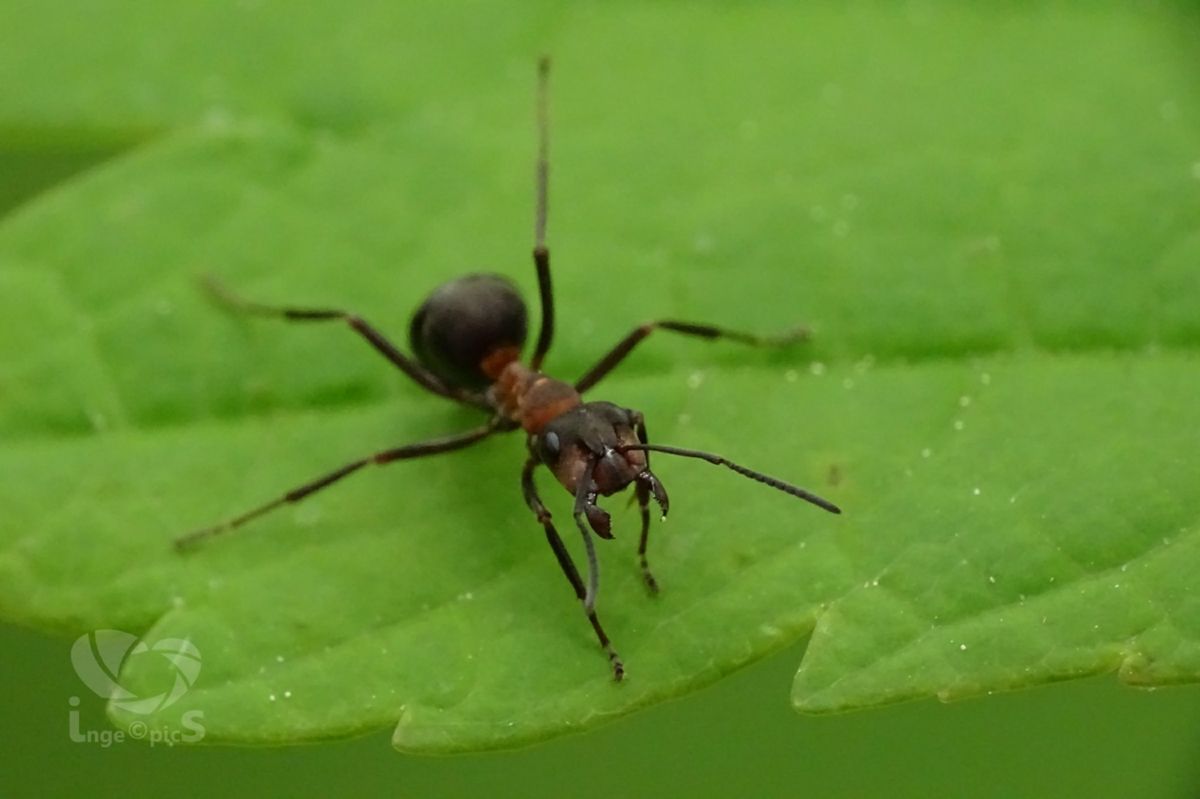Animals are made mostly out of water, and of complex molecules centered around carbon atoms. But they also contain a surprising range of other substances, which give their parts useful special properties.
The mandibles of ants are incredibly sharp and durable cutting tools. Leaf-cutting ants live in the tropics and cut the leaves of plants into tiny pieces with their razor-sharp mandibles. They take the pieces back to their anthill to cultivate a nutritious fungus. When the ants are threatened, those same tiny but powerful mandibles can easily slice and puncture human skin.
Ant mandibles and the cutting and piercing body parts of other insects, spiders, and scorpions are made of proteins and carbohydrate polymers. They are also distinctively rich in metals such as zinc and manganese. The metals appear to be the source of their special properties. In 2021 a team of American researchers published new findings that tell us how metals give these animal ‘tools’ their cutting and piercing power.
The researchers studied the cutting edge of an ant mandible with a technique called atomic probe tomography. This allowed them to map the mandible all the way down to the positions of its individual atoms. They were surprised to find the zinc atoms weren’t grouped into tiny lumps, but were instead spread uniformly through the atomic structure of the mandible. They think this organization is the source of its precision, sharpness, and durability. The material allows the ant to puncture and cut using only sixty percent as much force as it would need if it used bulkier materials like those in human teeth. The researchers’ hope their studies will help engineers make new materials for human use.










